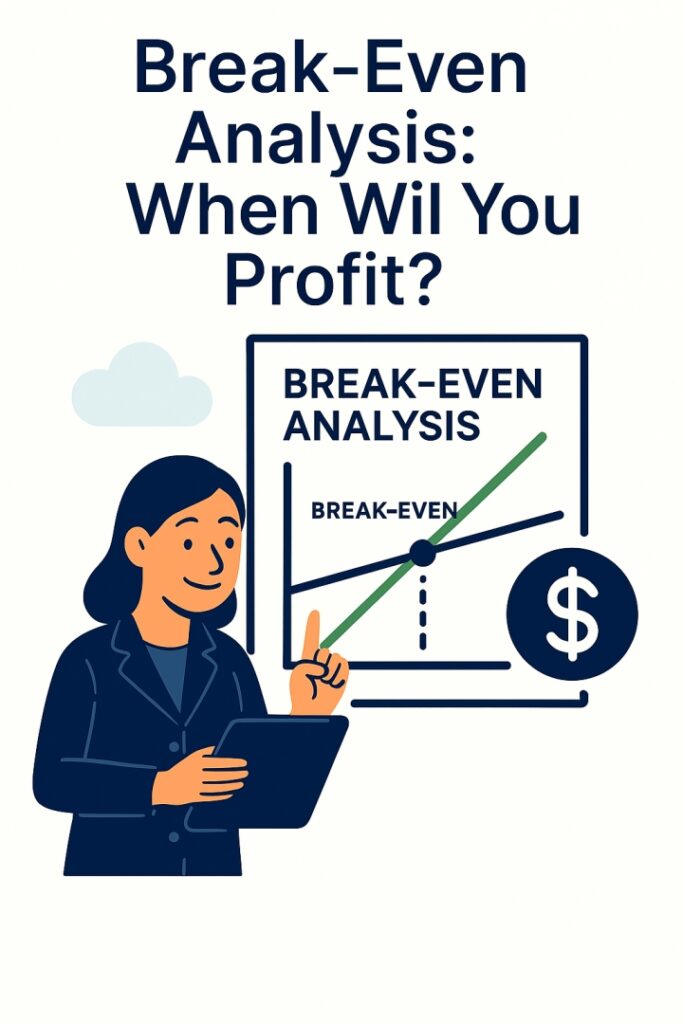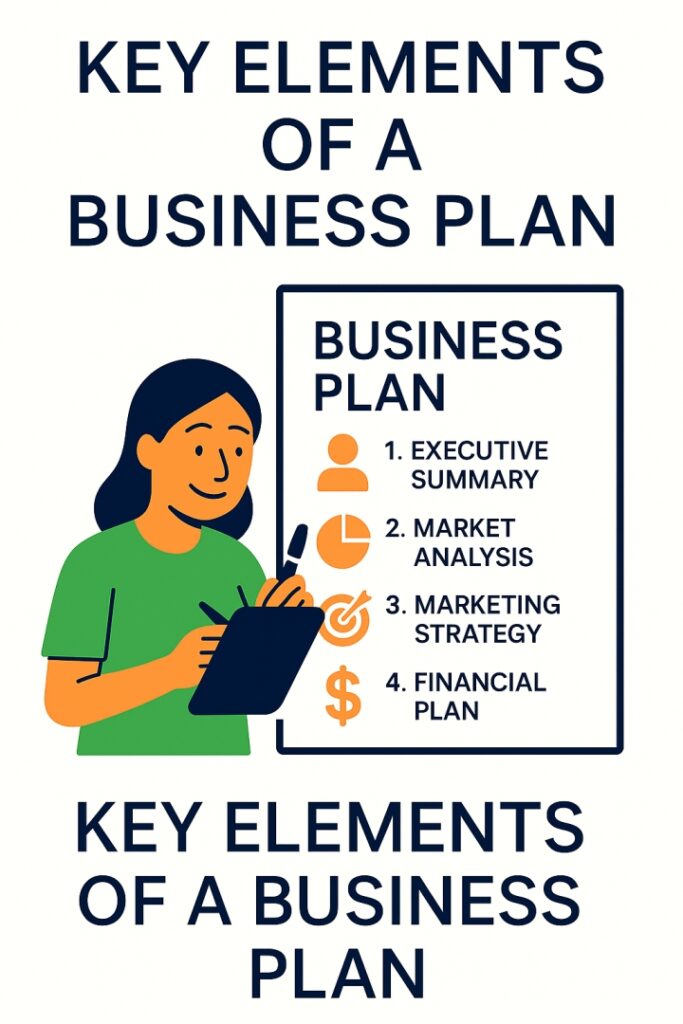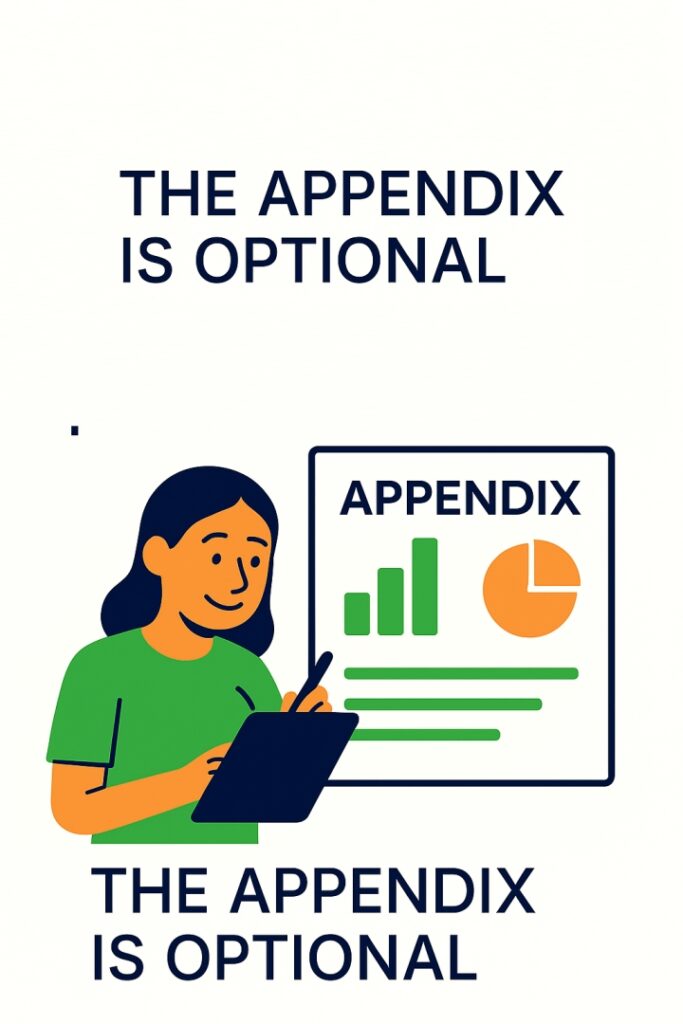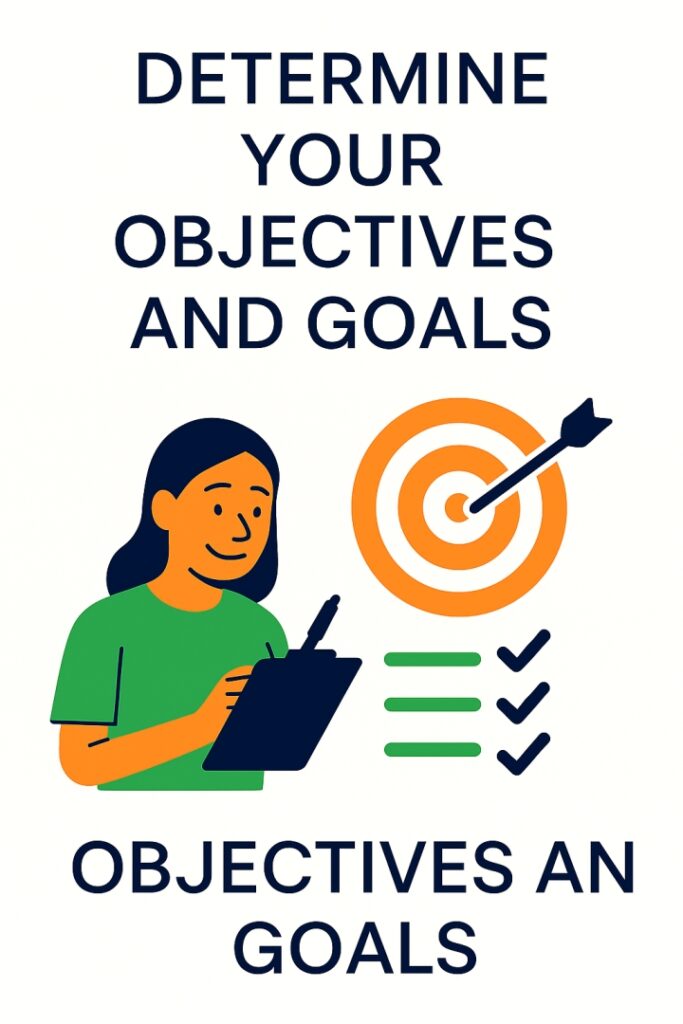Professional Business Writer

In 2025, writing a compelling business plan remains one of the most crucial steps for securing funding or investor interest. Whether you’re pitching to angel investors, applying for a bank loan, or entering a startup accelerator, a well-structured business plan outline is non-negotiable. In fact, many investor groups won’t even grant you a meeting unless you submit a detailed, data-backed plan in advance.
Need help writing a professional business plan tailored for funding success?
Book an appointment with our business planning specialists to get started today.

How to Write a Business Plan That Gets Results in 2025
Writing a business plan is one of the most important steps an entrepreneur can take when launching or scaling a venture. It provides a strategic roadmap that aligns your goals, vision, and financial expectations. Yet, many business owners overlook key areas that turn a solid concept into a successful operation.
In this guide, we’ll walk through how to write a business plan that’s effective, detailed, and funding-ready — while also busting some common business plan myths to avoid.
Why a Business Plan Still Matters in 2025
While trends shift and industries evolve, a well-crafted audience-focused business plan remains critical. It serves not just as a tool for external stakeholders (like investors and banks), but also as an internal guide for strategic decisions, team alignment, and financial forecasting.
A good plan is clear, practical, and future-facing. It includes everything from a compelling executive summary, to reliable financial projections in the business plan, to a realistic staffing and operations plan.


Executive Summary Tips Capturing Attention Quickly
The executive summary is often the first — and sometimes only — section that stakeholders read. Make it count.
Executive summary tips: Keep it clear, confident, and under two pages. This isn’t the place for technical jargon — aim for clarity and energy.
Writing the Company Description
A strong company description goes beyond your name and location. It should articulate your value proposition, what differentiates you, and your long-term vision.
When writing a company description, include:
Make it relatable and future-oriented, especially for an audience-focused business plan.


Market Research in Business Plan The Data That Sells
Solid market research in a business plan proves you know your industry and target audience. Investors need to see that you understand trends, customer pain points, and market gaps.
Include:
Add a SWOT analysis in the business plan here to show you’ve analyzed internal and external dynamics.
Competition Assessment Why It’s Crucial
Many entrepreneurs shy away from the competition assessment, but it’s a chance to showcase your strategic edge.
Use this section to:
Business plan myths to avoid: Thinking competition is bad. In reality, competitors validate demand.


Marketing & Sales Strategy Business Plan
Your marketing & sales strategy in the business plan should clearly explain how you intend to reach, convert, and retain customers.
Break it down into:
Don’t forget to use visuals in the business plan — like funnels or timelines — to illustrate campaign flow and customer journey.
Staffing and Operations Plan
Your staffing and operations plan outlines how the business will function day-to-day and who will drive its success.
Include:
A credible operations plan shows readiness to execute your business model efficiently.


Financial Projections in Business Plan
Numbers matter. Your financial projections in the business plan should be rooted in logic, backed by data, and aligned with your goals.
Include:
Pro tip: Emphasize financial forecast accuracy by citing market research and showing multiple scenarios.
Break-Even Analysis When Will You Profit?
The break-even analysis helps show when your business will move from loss to profit — a major concern for investors.
Break it down clearly:
Then use a chart to illustrate your break-even point. This is also where you can highlight any cost-saving measures or pricing flexibility.


Funding Request Section
If you’re seeking funding, the funding request section should be precise and justified. State:
This section must align with your financial projections in the business plan to reinforce credibility.
Don’t underestimate the power of visuals. Charts, tables, infographics, and timelines can:
Strategically use visuals in your business plan to highlight key metrics, team structure, and financial models.


Business Plan Format Success Formatting Matters
Use a clean, professional layout with:
A polished business plan format shows attention to detail and professionalism — small things that make a big impression.
A ready-made business plan template can streamline the writing process. Look for templates that include:
Templates help ensure you hit every key section and can be tailored for a truly audience-focused business plan.


Once your plan is drafted, review and revise the business plan carefully. Seek feedback from mentors, advisors, or accountants. Check for:
A fresh review can uncover gaps, improve messaging, and elevate your entire presentation.
Writing a Business Plan That Wins
Learning how to write a business plan isn’t just about following a format. It’s about clearly showing where your business is going, how it’ll get there, and what it needs to succeed.
By applying the right business plan outline, following executive summary tips, and building strong financial forecasts, you’re setting your business up for real, measurable success.


A well-crafted business plan is more than just a piece of paper — it’s your company’s strategic blueprint. It’s a management tool that helps you define clear goals, track performance, and make informed decisions. Knowing how to write a business plan the right way means you’ll have a manual for growth, not just a document for funding.
When built properly, a business plan allows you to:
Whether you’re refining your business plan format for success, or need to review and revise your business plan for funding or scaling, the process should always be built around your objectives.
Your plan should be an audience-focused business plan that evolves with your business, not a one-time formality.
Why We Write a Business Plan
Understanding why we write a business plan is essential, whether you’re launching a startup, seeking funding, or simply organizing your thoughts. At its core, a business plan is not just a document — it’s a strategic tool to help you validate your idea, stay focused, and avoid costly mistakes.
For solo entrepreneurs or small businesses that don’t intend to raise capital, your plan doesn’t need to be a 25-page dossier. In fact, keeping it short, practical, and action-driven is often more effective. Airbnb’s co-founder, Brian Chesky, famously launched with a one-page concise business plan — and the rest is history.
However, if your goal is to raise capital — whether from banks, angel investors, or private partners — you’ll need to prepare an audience-focused business plan that speaks their language. A well-structured document that includes financial projections, market validation, and clear monetization strategies demonstrates both credibility and commercial potential.


Whether you’re writing a business plan to attract investors, expand operations, or validate your idea, every effective plan should follow a structured format. The following key elements of a business plan are essential to provide clarity, strategy, and direction for your business — and to communicate value to your target audience.
The executive summary is a high-level snapshot of your business and typically appears first in your document. It should summarize the key points of your plan in one to two pages, offering a clear and concise overview of:
Executive summary tips: Write this section last — once the rest of your business plan outline is complete — to ensure consistency and accuracy.
Financial Plan
Your financial projections in the business plan are critical. Investors want to see if your business is financially viable — and how you plan to scale.
At minimum, include:
Be realistic, and support your projections with logic and assumptions. Financial clarity is key to trust.


The appendix is optional but useful if you need extra space for visuals, charts, or extended product information.
Here’s what you can include:
Use this section to enhance your plan, especially if you use visuals in your business plan to help tell your story more effectively.
Know Your Audience
One of the most overlooked steps in how to write a business plan is understanding who you’re writing it for. A truly audience-focused business plan uses clear, accessible language and adapts the tone, format, and content to the needs of its readers.
If you’re presenting to potential investors, keep your product and service descriptions simple and jargon-free. Most investors want to grasp the opportunity quickly — they aren’t interested in overly technical specs or dense terminology. Reserve detailed technical data or specifications for the appendix if necessary.


When appropriate, use visuals in your business plan — like diagrams, product mockups, or data charts — to explain ideas more clearly and save space in your main text.
Tailoring your content to your audience improves readability and increases the likelihood that your plan will be read, understood, and acted upon. That’s the difference between a document and a tool that drives funding and strategy.
Keep It Short and Accurate
When it comes to writing a business plan, less is often more. One of the most effective pieces of concise business plan advice is this: keep it brief, focused, and readable.
There are two key reasons why brevity matters:
Your plan is a working tool.
Beyond funding, your business plan should serve as a strategic tool to guide decision-making, track goals, and manage growth. Overly long documents can be difficult to update and are rarely used beyond their initial purpose.
You want your business plan to be read.
A lengthy 100-page document — or even a 40-page one — is likely to be skimmed or ignored entirely. Investors and lenders prefer a clear, audience-focused business plan that gets to the point. If you have detailed specs or supplemental materials, include them in the appendix.


Determine Your Objectives and Goals
A successful business always starts with clear intentions. One of the first steps in how to write a business plan is to determine your objectives and goals — what exactly do you want to achieve through your business?
You may not have thought of every long-term milestone or detailed roadmap at the beginning, and that’s perfectly normal. The process of completing your business plan outline is what helps turn vision into strategy. It forces you to clarify your priorities, spot gaps, and identify what success looks like.
When you outline your goals, try to be specific. Instead of saying “grow the business,” define what growth looks like — such as increasing monthly revenue by 20%, expanding to a new region, or reaching break-even within 18 months.
Clarity in goal setting not only helps internal planning — it also builds confidence in investors and partners, showing that you understand your path forward.
Remember, your objectives will evolve. A strong business plan gives you the structure to review and revise your business plan as your company grows and goals shift.


Business planning isn’t a one-time task — it’s a continual process that helps you refine your strategy, validate your business model, and adapt as you grow. Whether you’re building a new company or scaling an existing one, knowing how to write a business plan effectively is essential for staying focused and moving forward.
By following a clear business plan outline, you can clarify your goals, define your competitive edge, and create an audience-focused business plan that works for both internal management and external funding.
Test Out Your Business Idea
One of the most valuable reasons to learn how to write a business plan is that it gives you a structured way to test your business idea — before you spend significant time or money launching it.
Start small with a one-page business plan or a simple pitch deck. This lean approach lets you explore your concept, define your unique value proposition, and quickly assess whether your idea has real market potential.
As you build out your full business plan outline, you’ll evaluate key elements like:
This process naturally pushes you to get feedback early — from mentors, advisors, or even potential customers — and helps refine your direction. You’ll spot weaknesses in your assumptions and strengthen areas like marketing, financials, and product fit.

38 Buttercup Avenue, Esker Hills, Portlaoise, Co Laois. Ireland
Monday – Saturday: 08:30 to 20:00
Sunday: Closed
Email: Info@grandbusinessplans.com
Telephone: +353 1 556 3253
Mobile/WhatsApp: +353 85 888 2817
MOST POPULAR
SERVICES
Info@grandbusinessplans.com
Phone : +353 1 556 3253
Mobile: +353 85 1 477625
FOLLOW US

Office Address
38 Buttercup Avenue, Esker Hills, Portlaoise, Co Laois. Ireland
Info@grandbusinessplans.com
Phone: +353 1 556 3253
WhatsApp: +353 85 1 477625
© 2025 Grand Business Plan ®All rights Reserved